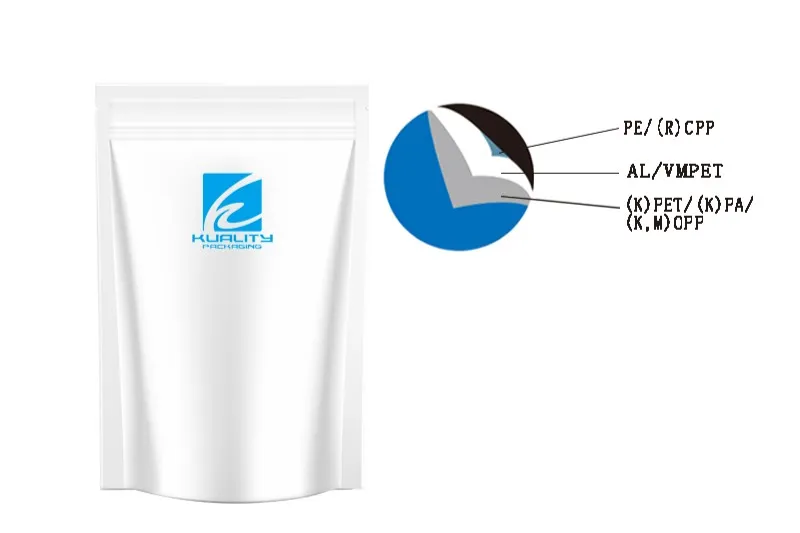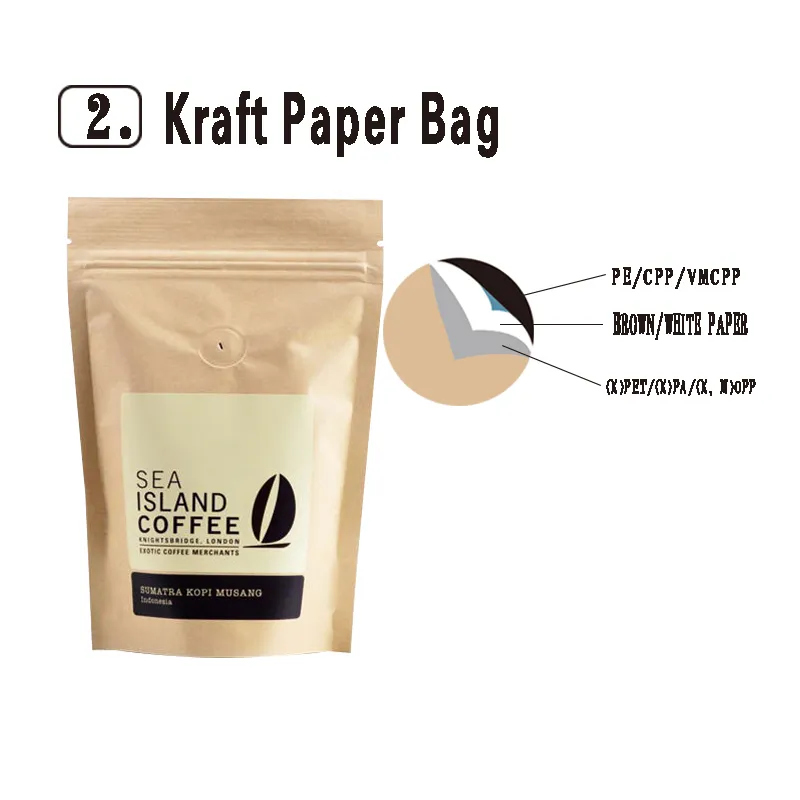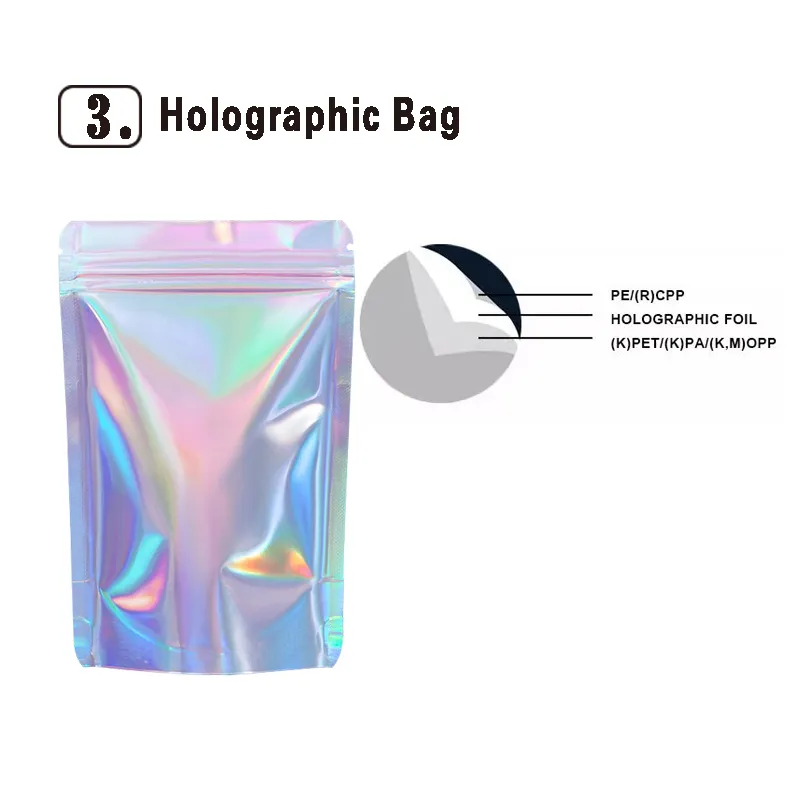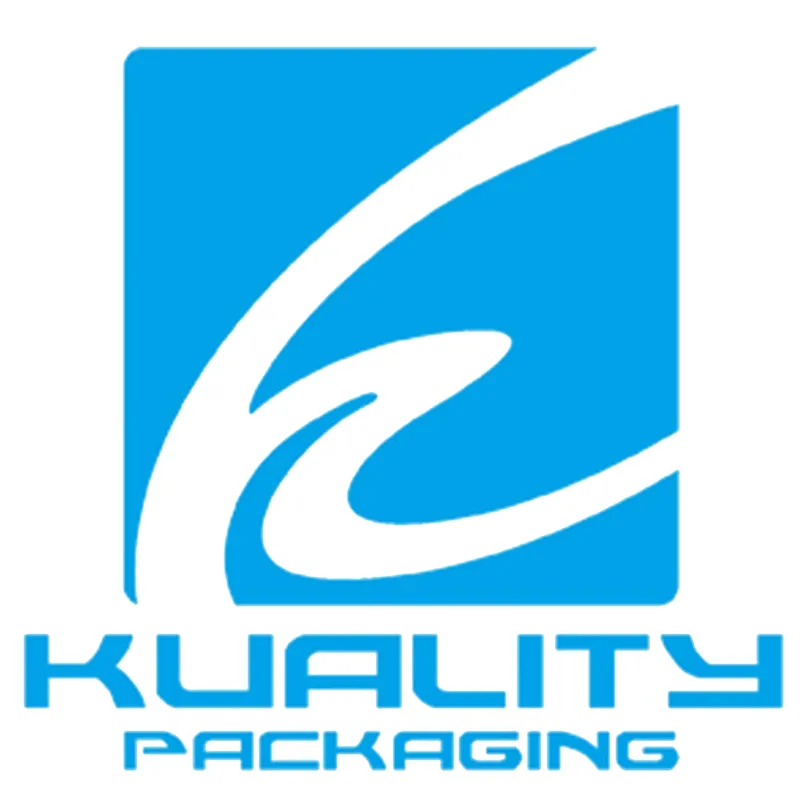
Introducere în materialele flexibile de ambalare în viața de zi cu zi
Ați avut vreodată această experiență: chipsurile proaspăt cumpărate s-au decojit după câteva zile de la deschidere, boabele de cafea atent selectate și-au pierdut aroma după ce au fost lăsate pentru o perioadă lungă de timp sau cojile de găluște din congelator s-au crăpat fără motiv? Aceste mici probleme enervante nu sunt adesea problema produsului în sine, ci a stratului de material de ambalare flexibil care le înfășoară.
Această folie de plastic aparent simplă este o fortăreață sofisticată cu mai multe straturi. Inginerii au combinat cu precizie materiale cu funcții diferite (folie subțire de aluminiu, nailon rezistent și polietilenă etanșă) ca niște blocuri de construcție și au controlat grosimea la o zecime de fir de păr (±3 microni). Trebuie să blocheze oxigenul omniprezent și vaporii de apă (O₂TR de numai 0,02 cc/m²/zi), să reziste la gătit la temperaturi ridicate (135 ℃ timp de o jumătate de oră) sau la congelare severă (-40 ℃) și să fie imprimat cu modele luminoase pentru a rezista la nenumărate atingeri și zgârieturi în supermarket.
De la stratul de folie de aluminiu care reține aroma cafelei, la miezul de hârtie kraft care face mânerele pungilor de hrană pentru animale mai rezistente, la eticheta holografică anticontrafacere care poate indica autenticitatea dintr-o privire - în spatele acestor pungi discrete se află concurența directă dintre știința materialelor, tehnologia de imprimare și tehnologia de protecție a mediului. Să demontăm aceste ambalaje zilnice și să vedem cât de adâncă este “ușa” din interior.
Structura materială: Construirea unui sistem de apărare invizibil
Compozit multistrat materiale de ambalare flexibile crearea unei fortărețe funcționale pentru protecția produselor.
1. Laminarea foliei de aluminiu: Soluția de barieră supremă

▶ Schiță structurală [Toleranță la grosime: ±3μm]
- Strat interior: 50-80μm PE/(R)CPP
- PE: Conformitate de calitate alimentară (FDA 21 CFR 177.1520)
- RCPP: Rezistență la retort (135 ℃/30 minute sterilizare)
- Stratul de mijloc: 7-12μm folie de aluminiu (AL) / 12-25μm film de poliester aluminizat (VMPET)
- AL: Rata de transmitere a oxigenului (O₂TR) 0,02-0,05 cc/m²/zi | Transmitanța luminii 0%
- VMPET: Rata de transmitere a oxigenului (O₂TR) 1,5-3,0 cc/m²/zi | Luciu metalic (costul este de aproximativ 60% de folie de aluminiu)
- Strat exterior: 12-30μm (K)PET/(K)PA/(K/M)OPP
- Acoperire K: aderență cerneală ≥4.5/5 (test bandă 3M)
- PA: rezistență la perforare >8N/15μm
- MOPP: reflexia luminii 85% (efect îmbunătățit de afișare pe raft)
▶ Cazuri de aplicare a vieții:
- Ambalarea condimentelor de uz casnic: stratul de aluminiu de 9μm blochează oxigenul pentru a preveni aglomerarea și deteriorarea pudrei de curry
- Ambalaje pentru alimente congelate rapid: rezistă la depozitarea congelată la -40 ℃, pielea găluștei nu se usucă
- Ambalarea cartofilor prăjiți în vid: menținerea unui conținut de oxigen rezidual <1%, menținerea crocantei timp de 18 luni
2. Hârtie Kraft compozită: Fuziunea dintre durabilitate și performanță

▶ Inovație structurală [sistem rezistent la umiditate]
- Strat interior: 45-70μm PE/CPP/VMCPP
- VMCPP: rata de transmitere a vaporilor de apă (WVTR) <2g/m²/zi (protecție în sezonul ploios)
- Stratul de mijloc: 120-200gsm FSC hârtie kraft
- Rezistență la umezeală >15kN/m (anticondensare în timpul transportului)
- pH 7,5-8,5 pentru a preveni râncezirea hârtiei
- Strat exterior: 15-25μm OPP transparent
- Transmitanța 92% arată textura naturală a hârtiei
- Acoperire rezistentă la uzură: uzura de transport la supermarket este redusă cu 80%
▶ Cazuri de aplicare a vieții:
- Ambalarea cafelei instant: Permeabilitatea la aer a stratului de hârtie reduce fenomenul de aglomerare
- Sac de făină pentru familie: Designul rezistent la rupere la mâner poate suporta 5 kg
- Ambalarea alimentelor pentru animale de companie: Echilibrul PH inhibă mirosul de oxidare a uleiului
3. Punga holografică: Maestru al manipulării luminii

▶ Inginerie optică [Optimizarea eficienței difracției]
- Strat interior: 40-60μm PE/RCPP
- Rezistența sigiliului termic > 3.5N/15mm (anti-picurare sos soy)
- Stratul de mijloc: Folie holografică 20-30μm
- Densitatea liniilor: 3,000-8,000 linii/mm
- Eficiență de difracție: 75-90% (efect curcubeu dinamic)
- Strat exterior: 18-35μm (K)PET
- Haze <5% (Afișarea clară a conținutului)
- Acoperire antistatică ≥38 dyne/cm
▶ Cazuri de aplicare a vieții:
- Pungi pentru gustări pentru copii: Etichetele holografice anti-contrafacere elimină produsele contrafăcute
- Ambalaje pentru bomboane de sărbători: Efectele colorate cresc vânzările de sărbători de 50%
- Saci pentru accesorii electronice: Stratul antistatic protejează filmul telefonului mobil
Standarde de calitate în materialele de ambalare flexibile
- Etanșare: Pungile de gem nu se scurg atunci când sunt strânse cu capul în jos → A trecut testul de presiune de 40kPa
- Siguranță: Cutiile de prânz cu încălzire la microunde nu au precipitații → UE 10/2011 migrația etanolului îndeplinește standardul
- Protecția mediului: Trasabilitatea codului de scanare a siglei compostabile → Codul de certificare TUV conectat direct la baza de date
Date din industrie: Folia de aluminiu cu acoperire nano reduce rata de scurgere a ambalajelor pentru sos de soia de la 0,3% la 0,01%, iar o singură linie de producție reduce deșeurile cu 23 de tone pe an.
Controlul precis al dimensiunilor și personalizarea pungilor flexibile de ambalare
În spatele acestor pungi discrete se află toate competițiile cap la cap dintre știința materialelor, tehnologia de imprimare și tehnologia de protecție a mediului. Pentru ca aceste “fortărețe” să se potrivească perfect cu o mare varietate de produse, controlul precis al dimensiunilor și personalizarea flexibilă sunt primele obstacole.
- Dimensiune libertate: De la “mini pungi pentru sosuri” la “pungi pentru împărțirea familiei”, pungile stand-up sunt disponibile în multe dimensiuni. Inginerii calculează raportul lățime/înălțime/lățime de fund al corpului pungii pe baza densității volumului conținutului (de exemplu, chipsurile pufoase necesită un raport de volum mai mare) și a restricțiilor de spațiu la raft.
- Dimensiunile variază de la pungi mici stand-up (50x70mm) pentru câteva grame de condimente la pungi de mare capacitate (400x600mm) pentru 5 kg de hrană pentru animale de companie și chiar pungi 3D cu forme speciale (cum ar fi pungi de reumplere pentru detergent de rufe cu mânere curbate).
- Curba de etanșare termică a structurii de etanșare inferioară și adâncimea de adâncitură a încrețiturii laterale trebuie să corespundă strict dimensiunii. În caz contrar, pungile mici nu vor rezista ferm, iar pungile mari se vor prăbuși cu ușurință.
Servicii OEM/ODM pentru Soluții flexibile de ambalare
Adevăratul truc al acestei afaceri este “tu vii cu o idee, eu o fac să se întâmple”.”
- OEM (Original Equipment Manufacturing): Furnizați eșantioane mature sau proiecte de design, iar fabrica utilizează bazele de date de materiale acumulate și bibliotecile de parametri de fabricare a pungilor pentru a le reproduce cu acuratețe. Eroarea în ceea ce privește rezistența sigilării la căldură (standardul ASTM F88) între prima pungă și cea de-a 100 000-a pungă nu depășește ±0,2N.
- ODM (Original Design Manufacturing): Inginerii pornesc de la zero pentru a dezvolta ambalaje, cum ar fi o pungă de supă instantanee care poate fi încălzită în cuptorul cu microunde. Ei calculează rata de penetrare a căldurii, selectează straturi interioare rezistente, proiectează unghiuri de rupere și ajustează dimensiunile duzelor de umplere pentru a preveni scurgerile sau picurarea.
- Procesul include selectarea materialului de barieră, testarea efectului de imprimare (numărul de culori Pantone ±ΔE<1,5) și testarea liniei de producție (testarea stabilității la 120 de pungi pe minut).
În esență, ODM utilizează gândirea inginerească pentru a “traduce” cerințele produsului într-un limbaj tehnic adecvat pentru producția de masă.
Concluzii: Viitorul materialelor flexibile de ambalare
Data viitoare când veți deschide o pungă de cafea cu un sunet de “sfârâit” și veți simți aroma parfumată; sau când veți scoate o pungă de găluște congelate timp de o jumătate de an fără crăpături sau îngheț; sau când veți ridica o pungă grea de orez de 3,5 kg din supermarket fără ca mânerul să se rupă - în spatele acestor “mici victorii în pungă” discrete se ascunde o bătălie de atac și apărare proiectată cu precizie până la micron.
Stratul de folie de aluminiu blochează oxigenul (15kN/m), iar folia holografică previne produsele contrafăcute (microgravare de 8000 de linii/mm). Inginerii au presat indicatorii dificili ai fizicii și chimiei în filme subțiri mai subțiri decât un fir de păr.
Provocarea viitoare? Crearea ambalaje flexibile ecologice care rezistă la sterilizarea la 121 ℃, dar se descompune în compost, cu etichete vibrante care economisesc energie. De la folii pe bază de alge marine la pungi de cafea reîncărcabile, viitorul ambalajelor este mai ușor pentru planetă, dar mai performant.
Viitorul este deja aici - ambalat în pungi pe bază de alge marine care se dizolvă în apă de mare sau în pungi stand-up de cafea reîncărcabile. În ambalaje, puterea unei linii de sigilare termică de trei milimetri poartă greutatea a zeci de milioane de tone de consum. Lumea din pungă poate fi mică, dar povara de pe umerii ei este grea.
